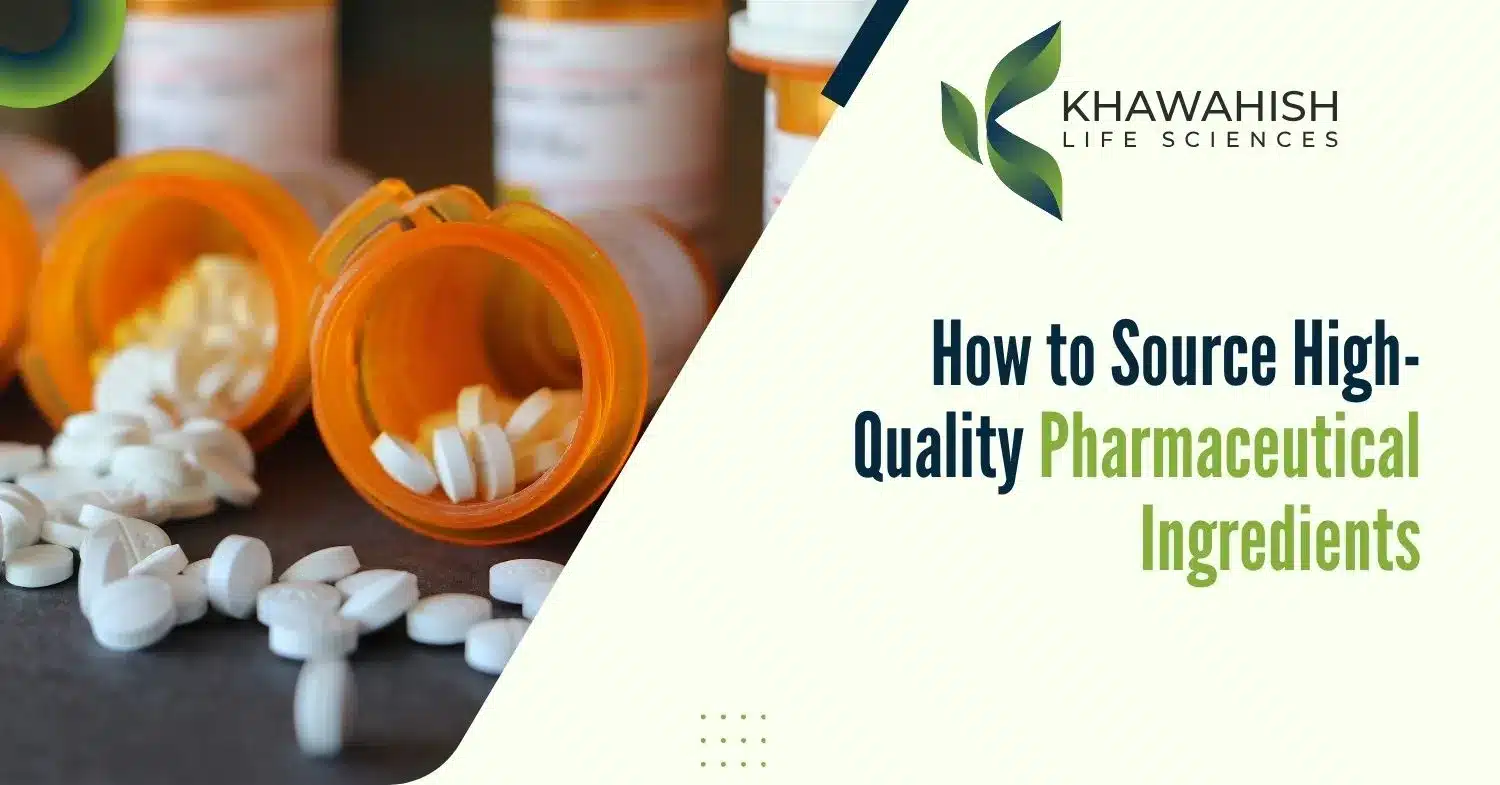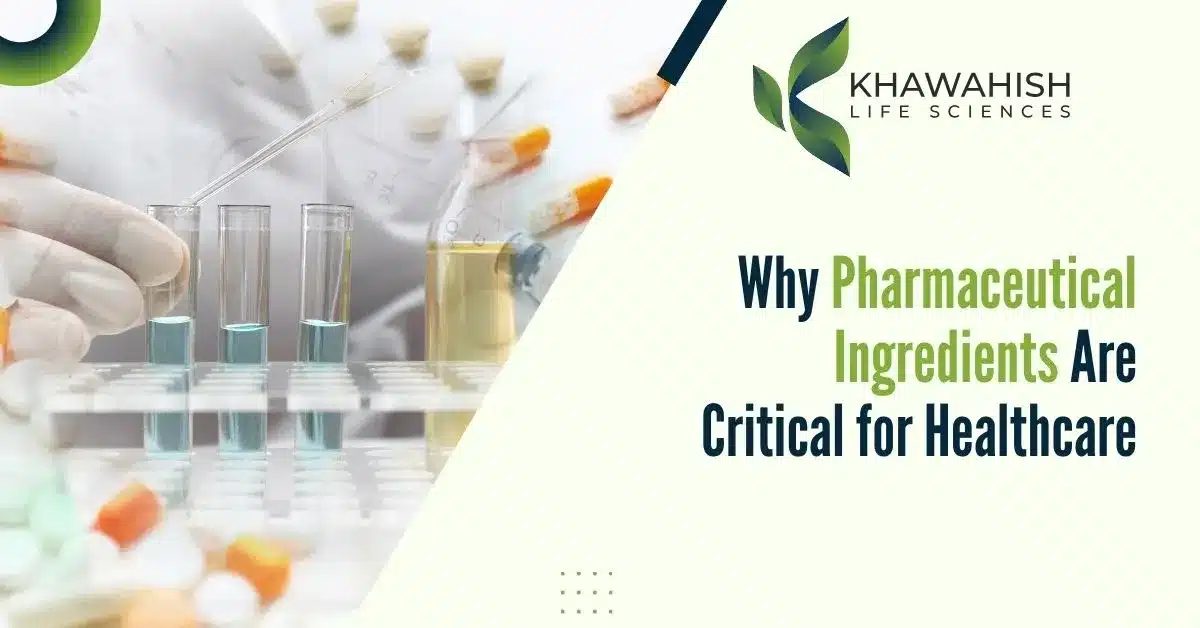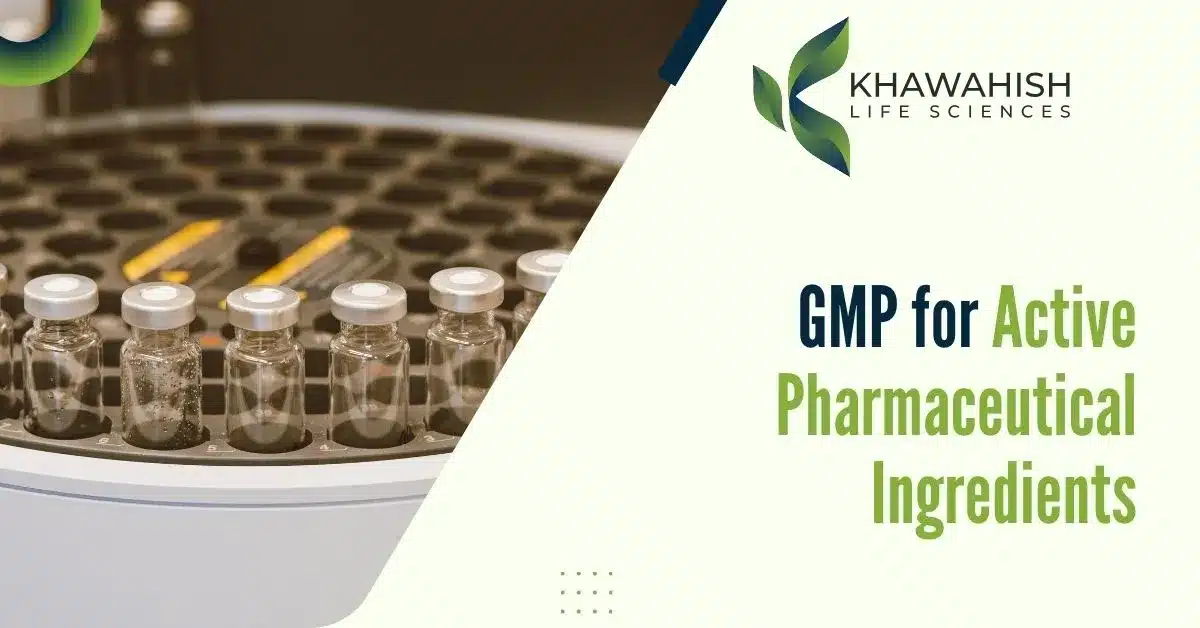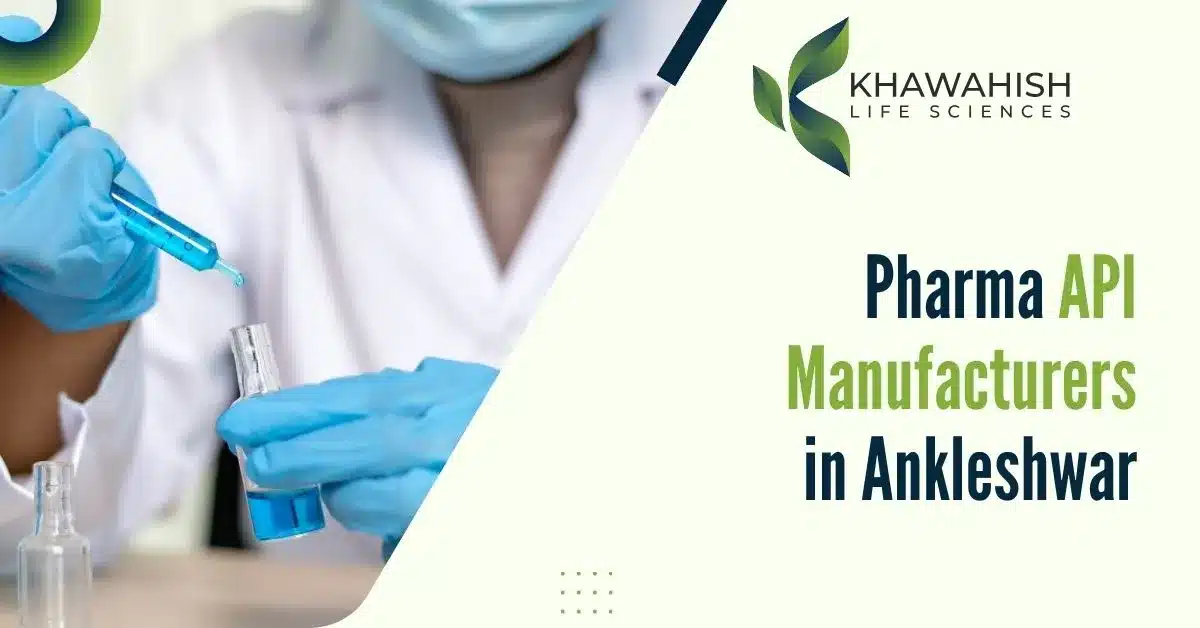
Sourcing high-quality pharmaceutical ingredients is a critical process for any pharmaceutical manufacturer, as the quality of these ingredients directly impacts the effectiveness, safety, and reliability of the final product. In the highly regulated pharmaceutical industry, ensuring that ingredients meet the highest standards is non-negotiable. Here’s a guide to help you understand how to source pharmaceutical ingredients that align with your production needs and maintain the highest levels of quality.
1. Understand Regulatory Standards
The first step in sourcing high-quality pharmaceutical ingredients is to familiarize yourself with the regulatory standards and certifications required in your region or globally. Pharmaceutical ingredients must meet stringent regulations to ensure safety and efficacy. Regulatory bodies such as the U.S. FDA, European Medicines Agency (EMA), and World Health Organization (WHO) set strict guidelines for the manufacturing, testing, and distribution of pharmaceutical ingredients.
Ensure that the suppliers you work with have certifications like Good Manufacturing Practices (GMP) and Drug Master File (DMF) approval. These certifications ensure that the supplier adheres to industry standards for safety and quality.
2. Partner with Reputable Suppliers
Choosing the right supplier is critical to ensuring the quality of your pharmaceutical ingredients. It’s important to build long-term relationships with reputable and reliable suppliers. Look for suppliers with a proven track record in the pharmaceutical industry, who prioritize quality control and transparency. You can verify their credentials, review their production processes, and ensure they have a robust quality assurance system in place.
A trustworthy supplier will also provide you with documentation on the sourcing, testing, and analysis of ingredients, which helps in maintaining the quality and regulatory compliance of your products.
3. Test the Ingredients for Quality Assurance
Even though your supplier may provide high-quality pharmaceutical ingredients, it’s essential to perform your own quality assurance tests. Testing can include a variety of assessments like purity, potency, moisture content, and impurity profiles. Analytical tests such as HPLC (High-Performance Liquid Chromatography) or FTIR (Fourier-transform infrared spectroscopy) should be conducted to confirm that the ingredients match the specifications required for the product.
Furthermore, conducting random sampling from your batches ensures that the pharmaceutical ingredients remain consistent in quality and safe for use in manufacturing.
4. Focus on Sustainability and Ethical Sourcing
In recent years, sustainability has become an essential aspect of sourcing ingredients, not only for the environment but also for maintaining the integrity of your brand. Pharmaceutical companies are increasingly focusing on ethical sourcing practices to ensure that the raw materials are produced responsibly and ethically, without harmful environmental effects or exploitation.
Look for suppliers who implement sustainable farming or production practices and who are committed to reducing waste, conserving resources, and ensuring ethical labour practices. This approach not only enhances the reputation of your brand but also aligns your operations with global sustainability goals.
Looking for reliable pharmaceutical ingredients? Contact us now to learn how we can help you source high-quality materials for your next project!
5. Leverage Technology for Transparency and Traceability
With advancements in technology, it’s now easier to track and trace the journey of pharmaceutical ingredients from the source to your manufacturing facility. Implementing blockchain technology or integrated supply chain management software can improve transparency in the sourcing process.
These technologies provide an audit trail that ensures full traceability of pharmaceutical ingredients, allowing you to verify their origin, quality testing results, and certifications. This transparency is essential for mitigating risks associated with counterfeit or substandard ingredients.
6. Ensure Consistency in Supply Chain
Consistency is key to maintaining the quality of your pharmaceutical products. This means establishing reliable and continuous relationships with suppliers who can meet your demand consistently. Ensure that your supplier can handle fluctuations in demand without compromising the quality or timeliness of deliveries.
Having multiple suppliers or backup sources is also a good strategy to ensure that you are not reliant on a single supplier, which reduces the risk of disruption in your production process.
7. Continuous Monitoring and Auditing
Regular audits and monitoring of your suppliers are essential to ensure that they consistently meet your quality standards. Conducting regular audits will allow you to assess the supplier’s manufacturing processes, quality control procedures, and compliance with regulatory standards.
Additionally, establishing a partnership with a third-party quality control agency to conduct periodic inspections of raw materials will help guarantee that the pharmaceutical ingredients you use are always of the highest quality.
Frequently Asked Questions
- What are the sources of quality in the pharmaceutical industry?
The sources of quality in the pharmaceutical industry include adherence to Good Manufacturing Practices (GMP), sourcing from certified suppliers, stringent quality control measures, and rigorous regulatory compliance. These factors ensure the safety, efficacy, and reliability of pharmaceutical products. - Where do most active pharmaceutical ingredients come from?
Most active pharmaceutical ingredients (APIs) are sourced from chemical synthesis, biotechnology, or natural plant extracts. Many APIs are manufactured in specialized facilities across countries, particularly in India, China, and other regions with established pharmaceutical industries. - What is the raw material for API?
The raw materials for active pharmaceutical ingredients (API) can include chemicals, biological organisms, and plant-based substances. These materials undergo various processes, including synthesis, fermentation, and extraction, to produce the final API used in drug formulation. - Does API need to be GMP?
Yes, APIs must be manufactured according to Good Manufacturing Practices (GMP) to ensure their quality, safety, and efficacy. GMP guidelines are critical to prevent contamination, ensure consistent quality, and meet regulatory standards for the pharmaceutical industry.
Conclusion
Sourcing high-quality pharmaceutical ingredients is a multi-step process that requires due diligence, regulatory knowledge, and collaboration with trusted suppliers. By understanding regulatory standards, focusing on quality assurance, leveraging technology, and building long-term relationships with reputable suppliers, you can ensure that your pharmaceutical ingredients meet the highest industry standards. This will not only improve the safety and effectiveness of your products but also ensure that your company remains competitive in an ever-evolving healthcare market.


